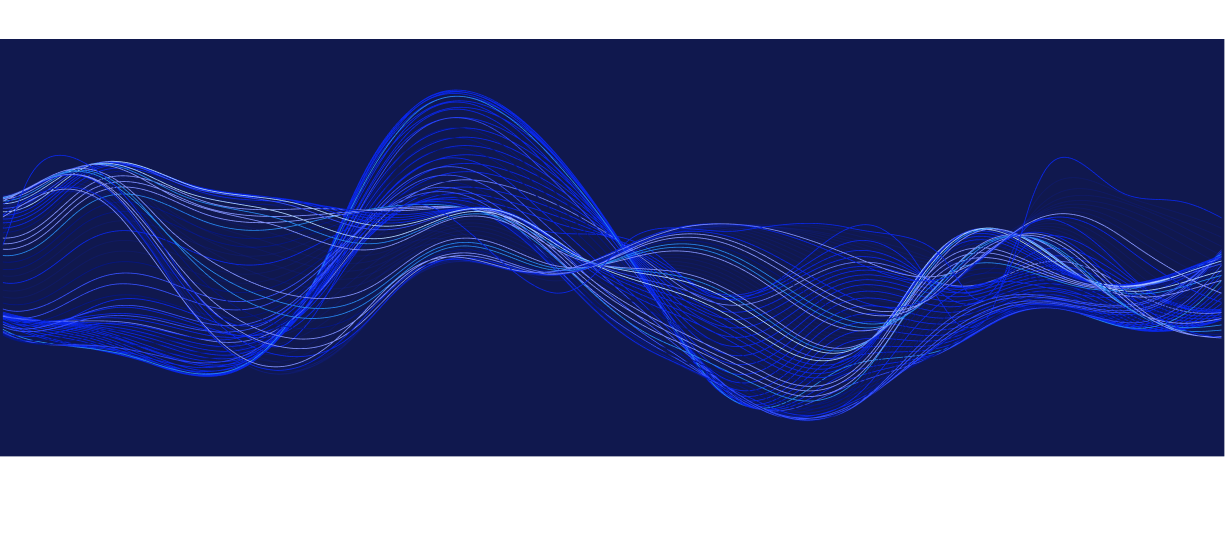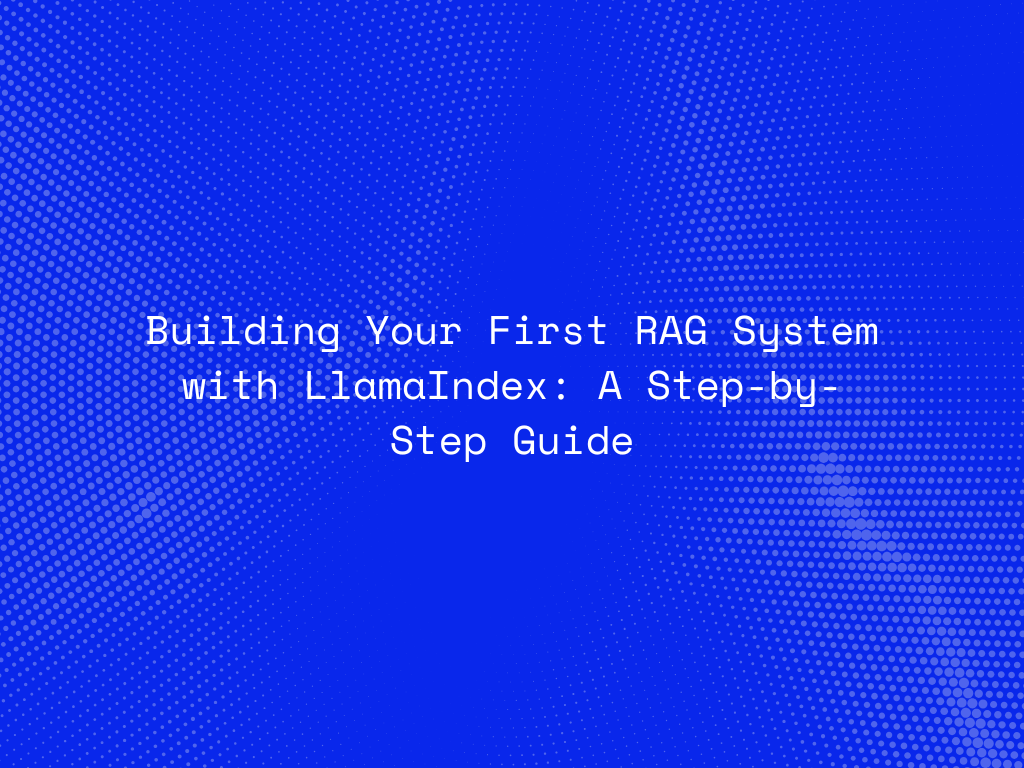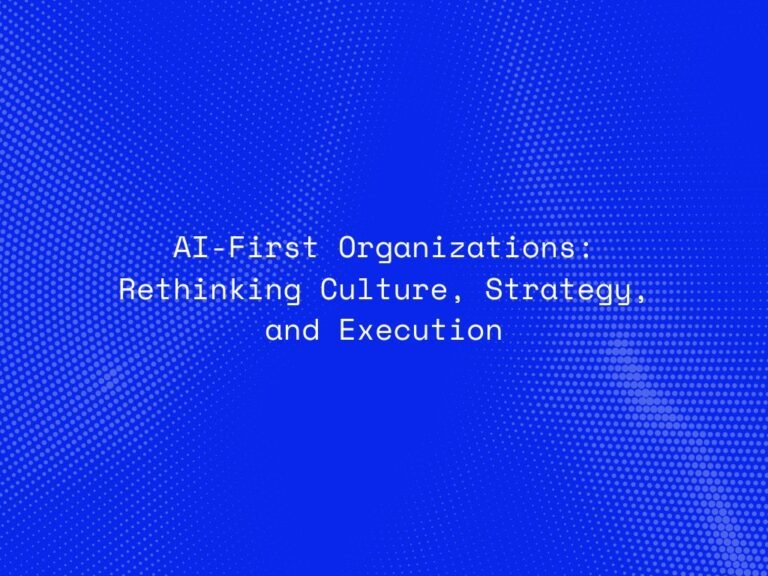As AI continues to evolve, Retrieval-Augmented Generation (RAG) systems have emerged as a game-changing approach to combining the power of large language models (LLMs) with real-time data retrieval. RAG systems empower applications to deliver accurate, context-aware responses by fetching relevant information from external sources.
One of the most effective tools for building such systems is LlamaIndex (formerly GPT Index). LlamaIndex simplifies the process of integrating LLMs with structured and unstructured data, providing a streamlined framework for building efficient RAG systems. This guide walks you through the fundamental concepts and steps for creating your first RAG system with LlamaIndex.
What is a Retrieval-Augmented Generation (RAG) System?
A RAG system combines retrieval and generation capabilities to enhance the functionality of LLMs. Unlike standalone language models that rely solely on pre-trained knowledge, RAG systems retrieve relevant data from external sources like databases, documents, or APIs, enabling:
- Contextual Accuracy: LLMs use retrieved information to generate more precise and relevant responses.
- Real-Time Updates: Access to dynamic data ensures answers are current and reliable.
- Domain Expertise: RAG systems leverage domain-specific data to enhance their specialization.
These systems are widely used in applications such as customer support, enterprise search, and education, where accurate and real-time information is critical.
What is LlamaIndex?
LlamaIndex is a versatile framework designed to bridge the gap between LLMs and various data sources. It simplifies the integration process, allowing developers to focus on building effective retrieval pipelines without delving into complex backend implementations.
Key Features of LlamaIndex:
- Data Flexibility: Supports a range of data formats, including text, tables, and PDFs.
- Retrieval Optimization: Enables semantic search for accurate information retrieval.
- Customizable Pipelines: Adapts to different use cases with tailored retrieval and generation workflows.
- Scalability: Handles large datasets, making it suitable for enterprise-level applications.
How to Build a RAG System with LlamaIndex
1. Understand Your Data
Before setting up a RAG system, identify the type and source of data you want to use. This could include:
- Knowledge base articles.
- Product documentation.
- Customer service logs.
- Research papers.
Ensure the data is well-organized, accurate, and relevant to the queries the system will address.
2. Index the Data
Indexing is the process of preparing your data for retrieval. LlamaIndex creates embeddings of the data, enabling efficient semantic search. Properly indexed data ensures that the system retrieves the most relevant information for a given query.
3. Build the Retrieval Pipeline
The retrieval pipeline fetches data from the index based on user queries. It plays a crucial role in filtering out irrelevant information and presenting only the most relevant results to the LLM.
4. Generate Responses with LLMs
Once the retriever fetches the relevant data, the LLM processes it to generate a context-aware response. The quality of the output depends on:
- The accuracy of the retrieved data.
- The prompt used to guide the LLM.
5. Iterate and Optimize
Building a RAG system is an iterative process. Use feedback loops to refine the indexing, retrieval, and generation processes. Monitor the system’s performance to identify areas for improvement, such as enhancing retrieval precision or fine-tuning the LLM for specific use cases.

Applications of RAG Systems
RAG systems powered by LlamaIndex can revolutionize various industries by providing accurate, real-time insights.
- Customer Support: Deliver precise and contextual answers by integrating with FAQs and troubleshooting databases.
- Healthcare: Assist doctors with up-to-date medical guidelines and research.
- Education: Provide students with personalized learning resources and explanations.
- Enterprise Solutions: Enable employees to search internal knowledge bases and documents efficiently.
Challenges in Building RAG Systems
- Data Quality: Poor-quality data leads to inaccurate responses. Ensure your data is clean, organized, and up-to-date.
- Privacy Concerns: Handling sensitive or proprietary information requires robust data security and compliance measures.
- Latency Issues: The retrieval and generation processes must be optimized to minimize delays, especially in real-time applications.
- Cost Management: Using LLMs can be expensive. Optimize queries and retrieval processes to reduce API usage costs.
Future of RAG Systems with LlamaIndex
RAG systems are rapidly evolving to meet the growing demand for intelligent, context-aware AI applications. With advancements in frameworks like LlamaIndex, we can expect:
- Better On-Device Processing: Enhanced capabilities for running AI models locally, improving privacy and speed.
- Low-Code Solutions: Simplified tools for building RAG systems with minimal coding expertise.
- Multimodal AI Integration: Combining text, audio, and visual data for richer and more interactive applications.
- Scalability Improvements: Seamless handling of increasingly large datasets and complex queries.
Conclusion
Building a RAG system with LlamaIndex opens new possibilities for harnessing the power of LLMs and real-time data retrieval. Whether you’re working on a customer support bot, an educational assistant, or a knowledge management tool, LlamaIndex offers a reliable and flexible framework to achieve your goals.
With continuous advancements in AI and retrieval technologies, the potential for RAG systems is limitless, driving innovation across industries and redefining how we interact with data.




